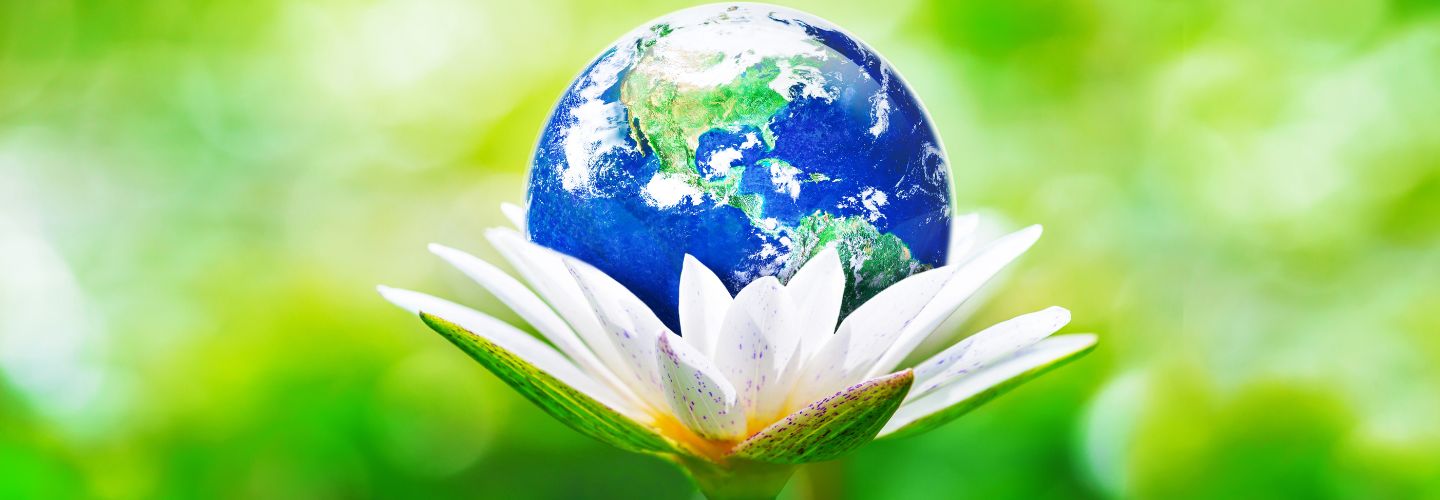Tile Tech Earth-Wise by Design: Choosing Tile for a Greener Future
Apr 21, 2025As Earth Day rolls around, it’s the perfect time to think about the materials we choose and the impact they make on the planet and its people. Built to last for decades, ceramic tile is one of the most sustainable surfacing options available. Easy to maintain without harsh chemicals, ceramic and porcelain tile are an earth-wise choice for both style and sustainability. Whether you’re designing a home, a business, or an outdoor space, tile offers a planet-friendly foundation that supports greener living — today and for years to come.
Tile is the Smart Choice
Ceramic tile is a naturally green choice for all your surfacing. It’s made from simple, earth-friendly raw materials (mostly clay and water) and is super durable, easy to maintain, recyclable, and can be made efficiently, making it a smart pick for the planet. Let’s dive deeper into why ceramic tile is the surfacing material of choice for reducing negative environmental impacts.
Naturally Abundant, Thoughtfully Extracted
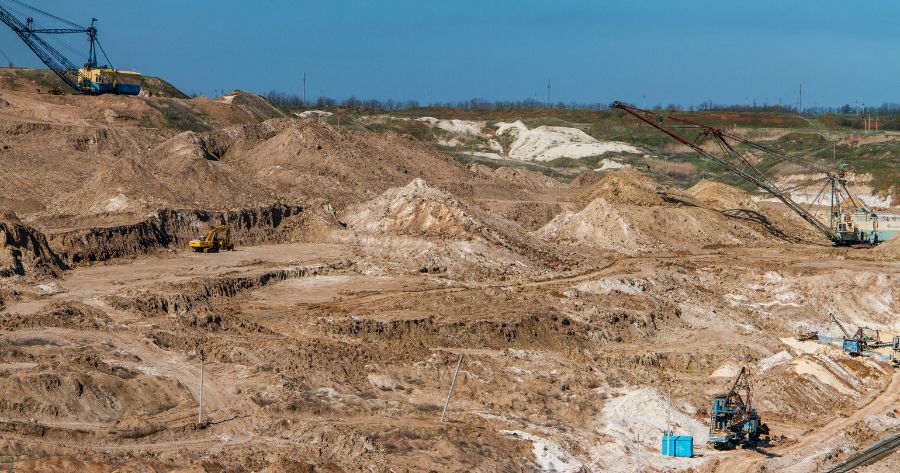
Ceramic tile is primarily made from natural clay, a plentiful resource that comes straight from the earth. And because clay deposits are often found near the surface and close to manufacturing facilities, the process requires less fuel for transportation, reduced emissions, and overall environmental impact.
Even more importantly, clay extraction is more environmentally friendly than natural stone quarrying. Clay extraction is a gentler process for the planet because it is mined with minimal disruption to the land and nearby ecosystems. Quarrying involves blasting and heavy equipment, which can cause habitat loss, erosion, and pollution.
Tile Goes the Distance—Responsibly
Unlike many other types of surfacing, which typically need replacing every 5 to 10 years, ceramic tile can last 50 years or more—often as long as the building itself. That kind of durability makes tile a cost-effective choice and helps reduce environmental impact by minimizing the need for new materials, energy use, and demolition waste.
What Happens After Tile’s First Life? Plenty.
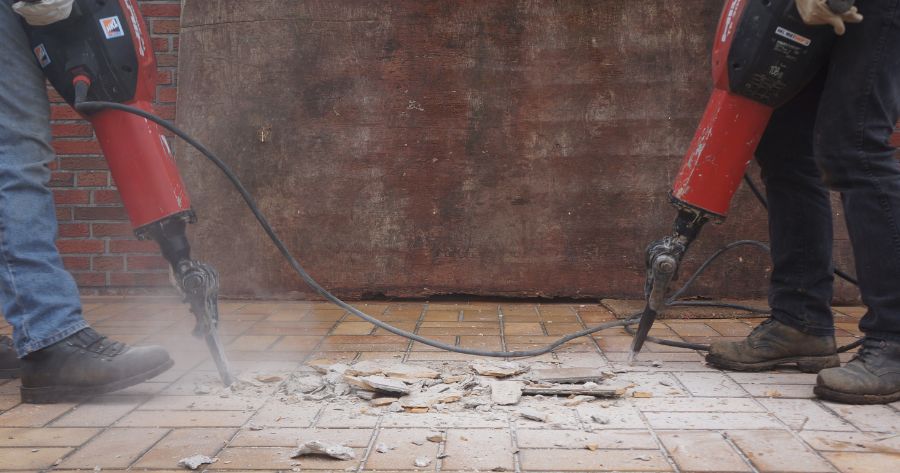
What happens when tile eventually reaches the end of its life, or is removed during a renovation? Ceramic tile is actually ideal for clean fill, according to the U.S. Environmental Protection Agency (EPA). That’s because it’s 100% inert—it doesn’t dissolve in water, break down over time, or release harmful substances into the environment.
There are several environmentally responsible ways to give old tile a second life. Broken or removed tile can be ground up and recycled into new tile products—helping to conserve raw materials and reduce waste. It can also be repurposed as aggregate in concrete, roadbeds, or even railway construction. These applications not only keep tile out of landfills but also support infrastructure projects with durable, eco-friendly materials. It’s a smart way to close the loop and keep sustainability going, even after the tile’s time in its space is done.
A Breath of Fresh Air—Built Right In

Indoor air quality matters—a lot. It’s something both design pros and homeowners are paying more attention to, especially with concerns about things like Sick Building Syndrome and chemical sensitivities on the rise. Clean air starts with the right surfaces. Many common surface materials used in buildings and furnishings can give off harmful pollutants, but ceramic tile isn’t one of them. It’s free from VOCs (volatile organic compounds), plastics, and other harsh chemicals, making it a smart, clean choice for healthier indoor spaces.
Simple Cleaning, Big Eco Benefits
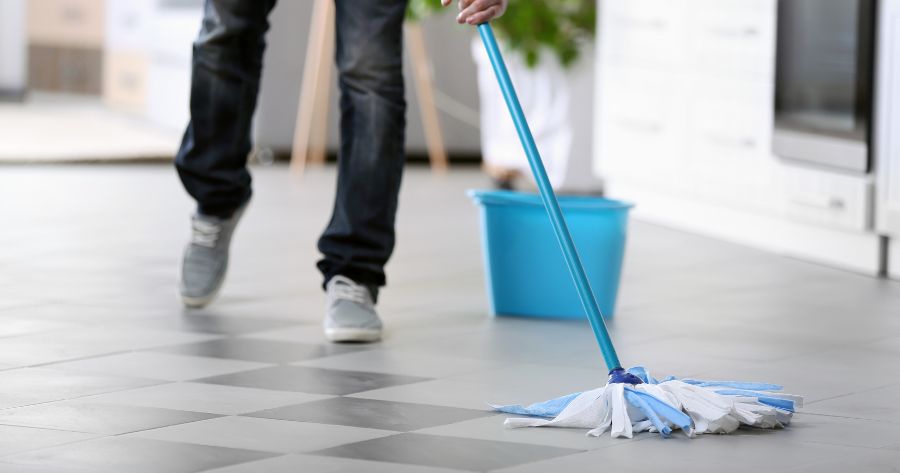
Ceramic tile is s so easy to maintain. Most of the time, all you need is warm water and a mop—no harsh chemicals required. For tougher messes, a gentle pH-neutral cleaner does the trick. There’s no need for toxic solvents or heavy-duty cleaners that can harm the environment or end up in our water supply. It’s a simple, safe, and eco-friendly way to maintain a beautiful surface.
Efficient Production That Makes a Difference
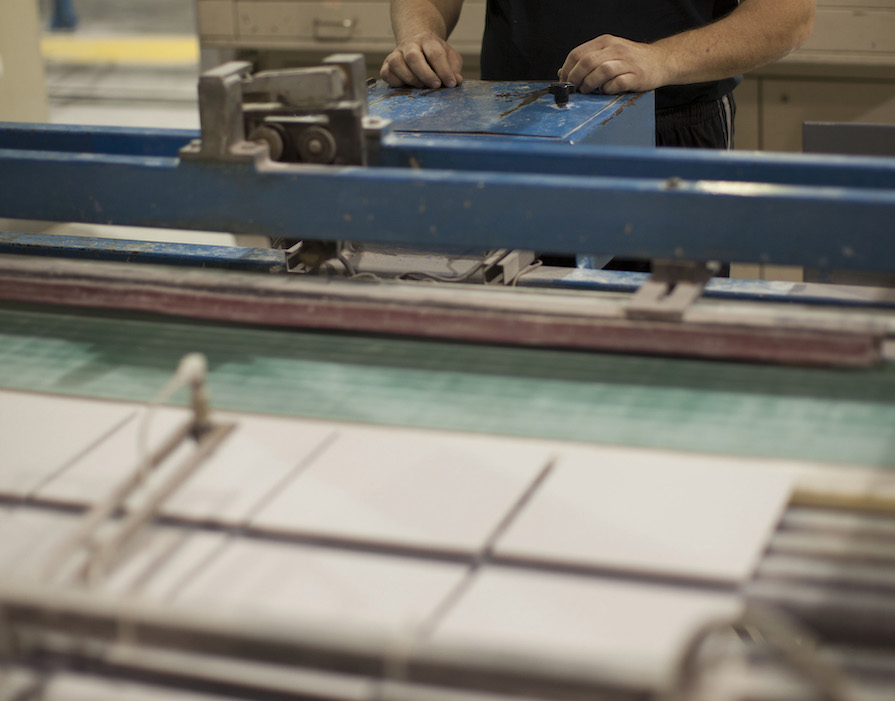
Sustainability doesn’t stop at the materials we use—it’s also about how those materials are made. For ceramic tile to truly earn its eco-friendly status, the production process has to be just as thoughtful as the product itself. That means manufacturers are working hard to keep waste to a minimum and use energy as efficiently as possible. Many tile factories recycle water, reuse heat, and repurpose raw materials during production to reduce their environmental footprint. These efforts not only make tile more sustainable, but also help conserve resources and reduce emissions—proving that beautiful design and responsible manufacturing can go hand in hand.
How Can Tile be Greener?
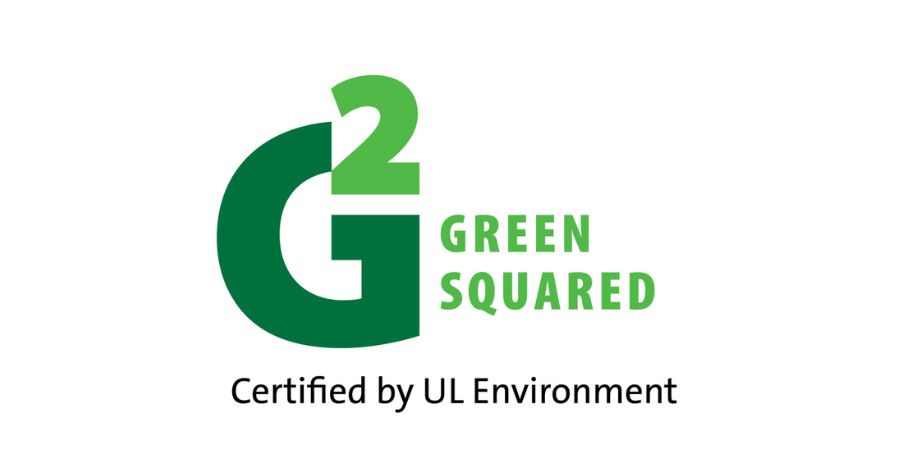
Many tile products have third-party certifications that assure architects, designers, specifiers, and consumers that a product’s claims reflect its sustainable attributes. Green Squared is one such certification; it's the first multi-attribute sustainability standard developed for tile and tile installation products by The Tile Council of North America. Green Squared certification provides authenticity that manufacturers have met the criteria in all categories, including environmental product characteristics, ecological product manufacturing, raw material extractions, end-of-product life management, progressive corporate governance, and innovation. Many Crossville Studios tile collections are Green Squared Certified.
We Can Help With Your Sustainable Projects!
With 27 dedicated tile showrooms, we offer local support and are here to answer all your questions and guide your selections for sustainable design projects. Reach out to a showroom near you today.


